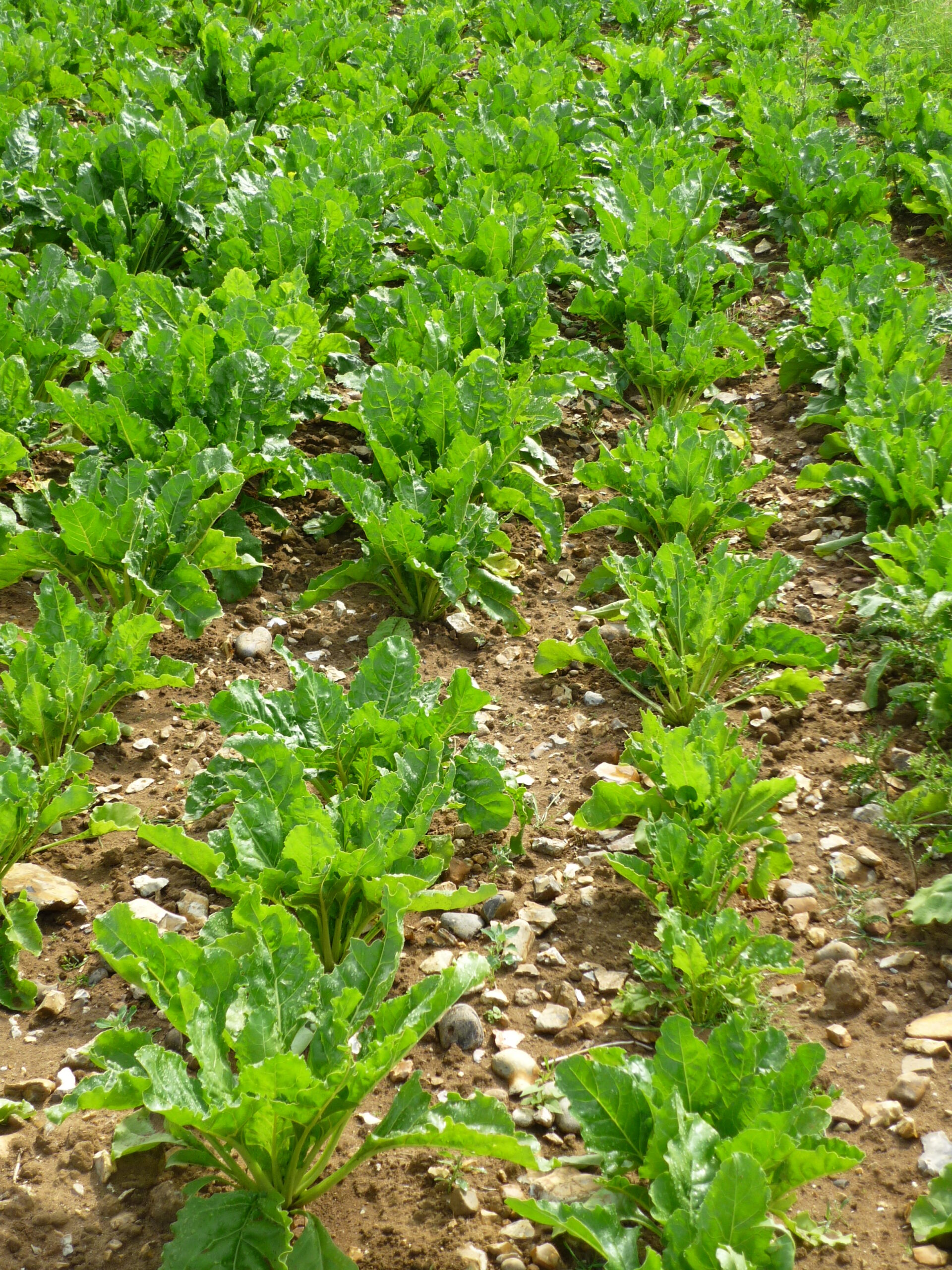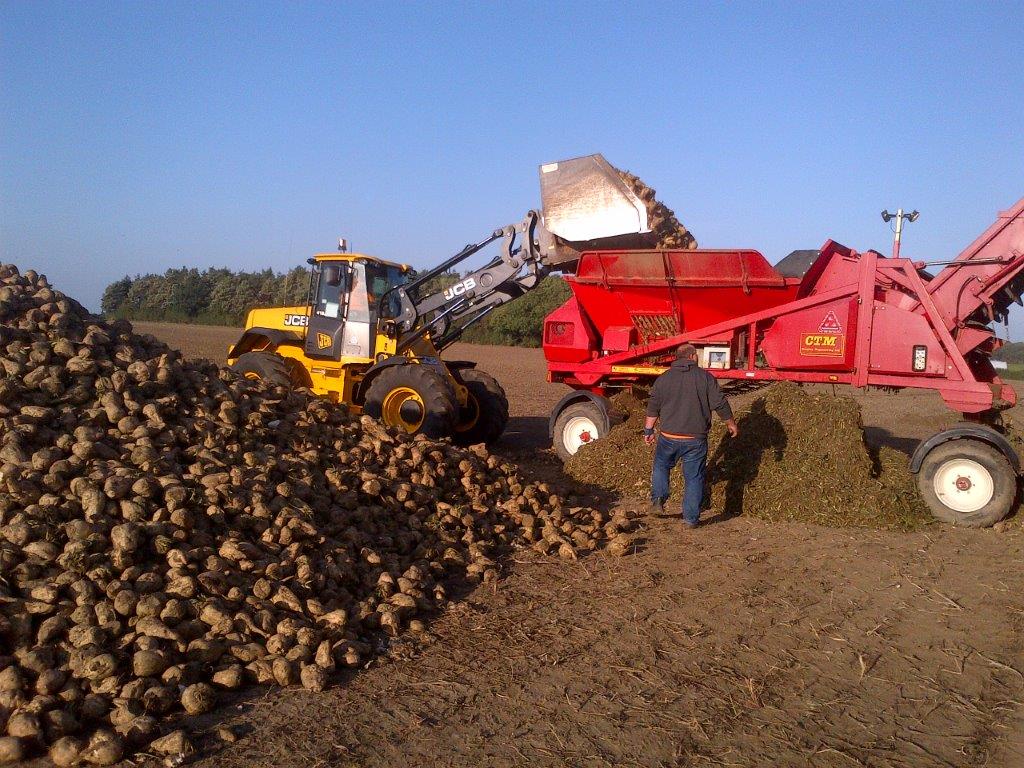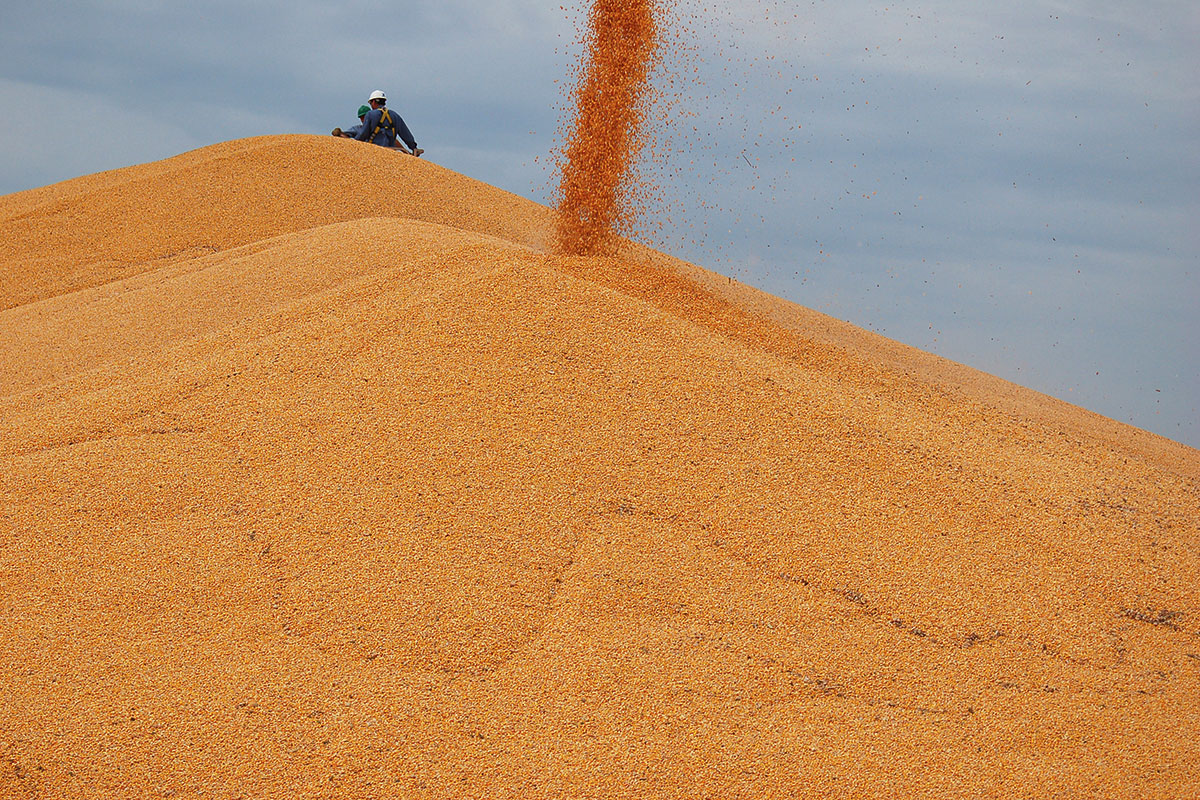Despite the ninth and tenth named storms (Isha and Jocelyn) since September hitting parts of the UK in January, rainfall has thankfully been lower than in recent months. Whilst fields remain wet, and catching up on planting will be a while away for many, frosts have at least meant some arable farmers have been able to catch up on spraying.
In the six months to Dec 2023, England received 153% of the long-term average rainfall (1961-1990 average). Of course, national average rainfall figures hide significant variation at a farm or field level. Many farmers will have experienced flood levels seldom seen before. This has led some to estimate cropped area could fall by as much as 15-20%. UK wheat futures markets, whilst demonstrating a healthy premium to incentivise carrying grain from 2023 harvest beyond harvest 2024, have fallen considerably month-on-month.
The latest cereal and oilseed ex-farm prices are in Key Farm Facts. Physical prices have not fallen by as much as futures prices, month-on-month, highlighting the impact that speculative trading can have on global grain pricing, and the tighter nature of the UK physical market.
AHDB has published its latest supply and demand estimates for cereals in the 2023/24 grain marketing season. The figures show a reduction in the size of the 2023 wheat crop to 14 million tonnes (from 14.1 million tonnes). There is also a significant increase in imports of 300,000 tonnes. With demand falling for wheat from both millers and feed manufacturers, the additional imports are added to estimated stocks.
Any impact of a smaller crop from 2024, will already be priced in to markets in the UK. As such, it will take the crop outlook worsening further, relative to current trade estimates, or a change in the global picture, for prices to rise.
Globally, maize remains in the driving seat. The USDA increased its forecast of US maize production in 2023 and global maize ending stocks, in their January World Supply and Demand Estimates.








